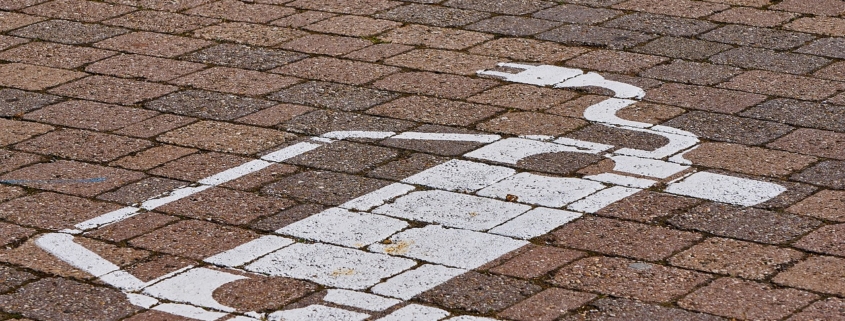
The rebirth of car batteries – “second life” as home storage
Background: The early end of car batteries
Climate change is one of the biggest challenge of our generations and widely talked about. Due to the nature and causes of climate change the subject of transportation is a main focus, and therefore car batteries. Although the specific emissions from car and truck use per transport have fallen greatly since 1995, it is revoked by the increased use and additional consumers, which actually leads to an increase in emissions.1 Due to this upward trend, the traffic sector takes second place in the rank of energy-related greenhouse gas emissions in Germany. 2 In order to change the current course without foregoing individual transport options, electric cars have been subsidized by the state over the past few years. While the great potential of electric vehicles to use “clean energy” was quickly recognized, another problem arose in addition to the high emissions from the depletion of resources and the production of e-cars: the lifespan and disposal of the batteries.
The usability status of lithium batteries is subject to the same principles that we already know from our smartphones and other wireless devices. On one hand, there is a calendar lifespan, on the other a cyclical lifespan. The tolerated performance of the original quality is 70-80%, which corresponds to 100,000 – 160,000 km or approx. 5-10 years of use. Most car manufacturers offer a battery change at this point. But what happens to the old battery? Recycling the EV-batteries is complex and expensive; existing disposal methods are not adapted for its quantity and materials. However, we are concerned with another critical point: Lithium batteries are replaced with an output of 70-80%. Consequently, they can still be used, for example as inexpensive home storage.
Innovation: car batteries as home storage
Instead of putting an end to the valuable, still powerful batteries, you can extend their life cycle and thus create ecological, economic and social added value.
A used car battery can already be purchased for 2,000 euros. If you assume a capacity of 24kWh, you get 100 euros per kWh and approx. 10,000 (charging) cycles. Thus, the stored electricity only costs around 1 cent per kWh. In order to stay in a sustainable framework, this can be combined with an existing or used photovoltaic system, which costs around 500 euros.
There are already many private houses that have a PV system, and partially supply themselves with electricity and feed it into the commercial power grid during voltage peaks.
The innovative idea now consists in connecting the old car batteries to these PV systems to store the unused electricity. This could be done communally for different blocks of houses, which not only shows ecological advantages, but also strengthens the housing community. The supply of generated electricity during voltage peaks, would be compensated and could be used for social projects in the neighborhood. Therefore, it can be a social, ecological and economic project in one! In negotiations with electric car manufacturers, one could lower prices for the decommissioned lithium batteries, by guaranteeing the construction of PV charging stations with them, which additionally strengthens e-mobility. The batteries could be used in this form for more than 10 years. Much lifespan saved.
Potential: Social and sustainable qualities
The potential of this innovative idea is huge. The short life of EV-batteries is unfortunate, especially when you look at the emission-heavy manufacturing of such batteries. If one combines the technical solution of reusing batteries as storage with the social and communal role, not only will it result in ecological advancement for the “battery problem”, but also in communal streangth, economic independence and self-determination. Such a project could also receive structural funding, making it accessible for low income neighbourhoods. Furthermore, there is a partial solution to the problem of energy storage and postponed use of sustainable electricity, which has been problematic for a long time. The potential application possibilities of the batteries are far from exhausted. The first steps towards a “second life” and a more sustainable, more independent society have already taken their first steps with this simple solution.
This could also interest you: Thermal fuel.
References
4 https://energyload.eu/stromspeicher/solarstromspeicher/voltfang-heimspeicher/



